How Do Cellular Game Cameras Work?
Cellular game cameras, also known as cellular trail cameras, have revolutionized the way hunters, wildlife enthusiasts, and researchers monitor and study wildlife. These devices combine the functionality of traditional trail cameras with cellular technology, allowing users to receive real-time updates and images directly to their smartphones or computers. Understanding how these cameras work can help users make the most of their features and capabilities. In this article, we will delve into the mechanics of cellular game cameras, their benefits, and practical tips for their effective use.
The Basics of Cellular Game Cameras
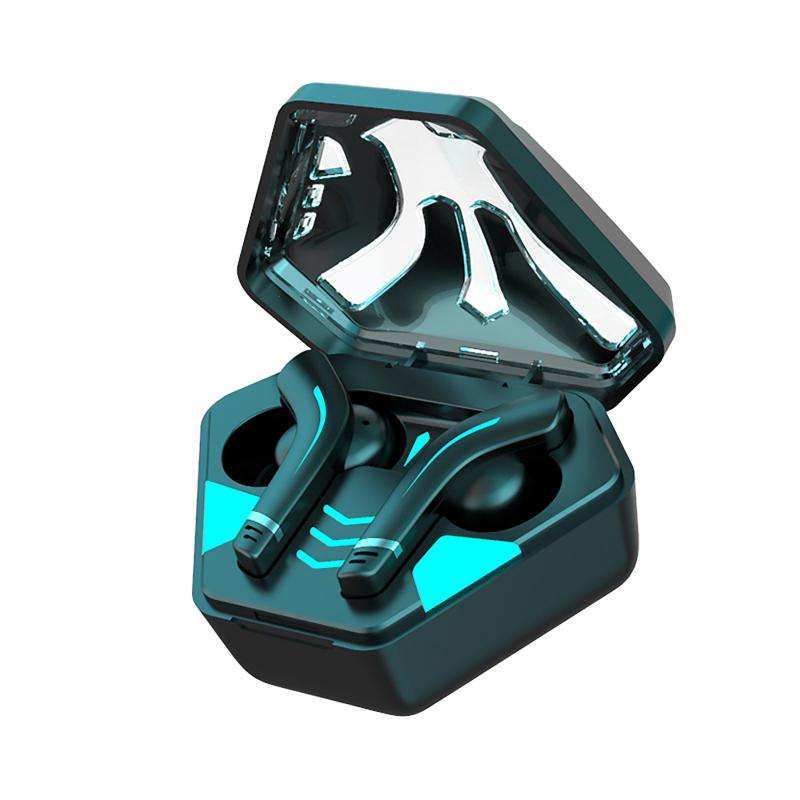
At their core, cellular game cameras are similar to traditional trail cameras. They are equipped with motion sensors, infrared sensors, and cameras to capture images or videos of wildlife. However, the key difference lies in their ability to transmit data over cellular networks. Here’s a breakdown of how they work:
1. Motion Detection: Cellular game cameras are equipped with Passive Infrared (PIR) sensors that detect motion and heat. When an animal passes within the sensor’s range, it triggers the camera to take a photo or record a video.
2. Image/Video Capture: Once triggered, the camera captures an image or video of the subject. The quality of the image or video depends on the camera’s resolution and settings.
3. Data Transmission: After capturing the image or video, the camera uses a built-in cellular module to transmit the data over a cellular network. This requires a SIM card and a data plan, similar to a mobile phone.
4. Remote Access: Users can access the images or videos remotely through a dedicated app or web portal. This allows for real-time monitoring without the need to physically retrieve the camera’s SD card.
Benefits of Cellular Game Cameras

The integration of cellular technology into game cameras offers several advantages:
1. Real-Time Monitoring: One of the most significant benefits is the ability to receive real-time updates. This is particularly useful for hunters who want to track animal movements or for researchers monitoring wildlife behavior.
2. Convenience: Cellular game cameras eliminate the need for frequent trips to the camera site to retrieve SD cards. This not only saves time but also reduces human scent and disturbance in the area, which can affect animal behavior.
3. Security: These cameras can also serve as security devices. They can be used to monitor properties, detect trespassers, or keep an eye on remote locations.
4. Data Management: With remote access, users can easily manage and organize their data. Many apps and web portals offer features like cloud storage, image sorting, and data analysis.
Choosing the Right Cellular Game Camera

When selecting a cellular game camera, several factors should be considered to ensure it meets your specific needs:
1. Network Compatibility: Ensure the camera is compatible with the cellular network in your area. Most cameras work with major carriers like AT&T, Verizon, or T-Mobile. Check the coverage map to ensure good signal strength at your camera’s location.
2. Image/Video Quality: Higher resolution cameras provide clearer and more detailed images. However, higher resolution also means larger file sizes, which can impact data usage and storage.
3. Battery Life: Cellular game cameras consume more power than traditional trail cameras due to data transmission. Look for cameras with long battery life or consider using external power sources like solar panels.
4. Data Plan: Choose a data plan that suits your needs. Some cameras offer flexible plans that allow you to adjust data usage based on the season or your monitoring needs.
5. Additional Features: Consider additional features like night vision, time-lapse mode, and weather resistance. These can enhance the camera’s functionality and durability.
Practical Tips for Using Cellular Game Cameras

To maximize the effectiveness of your cellular game camera, follow these practical tips:
1. Optimal Placement: Position the camera at a height of 3-4 feet, angled slightly downward. This helps capture clear images of animals and reduces the chance of false triggers from wind or vegetation.
2. Clear Line of Sight: Ensure there are no obstructions in front of the camera. Clear any branches, tall grass, or other objects that might block the view or trigger the motion sensor.
3. Check Signal Strength: Before finalizing the camera’s location, check the cellular signal strength. A weak signal can result in delayed or failed transmissions.
4. Regular Maintenance: Periodically check the camera for any issues. Clean the lens, check the battery level, and ensure the SD card has enough storage space.
5. Use Password Protection: Secure your camera with a password to prevent unauthorized access. This is especially important if you are using the camera for security purposes.
6. Monitor Data Usage: Keep an eye on your data usage to avoid overage charges. Adjust the camera settings to balance image quality and data consumption.
Cellular game cameras offer a powerful and convenient way to monitor wildlife and secure remote locations. By understanding how these cameras work and following best practices for their use, you can make the most of their advanced features. Whether you are a hunter, wildlife enthusiast, or property owner, cellular game cameras provide valuable insights and peace of mind through real-time monitoring and remote access. As technology continues to evolve, these devices will likely become even more sophisticated, offering enhanced capabilities and greater ease of use.

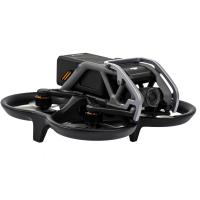
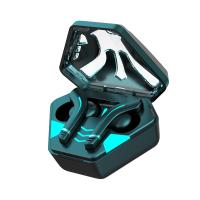

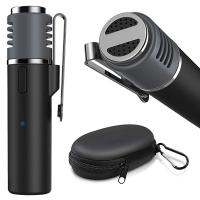
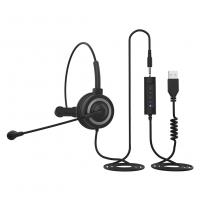
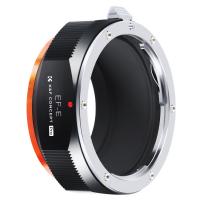
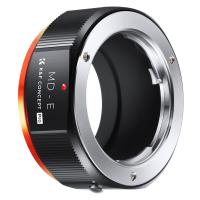
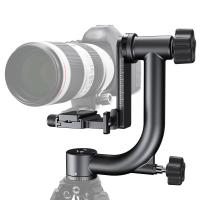
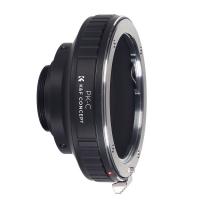
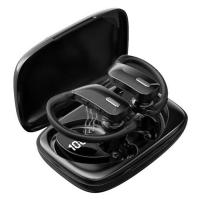




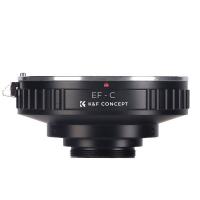

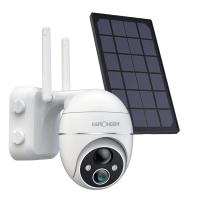
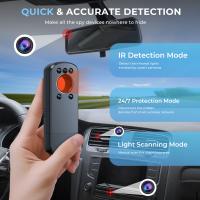
There are no comments for this blog.